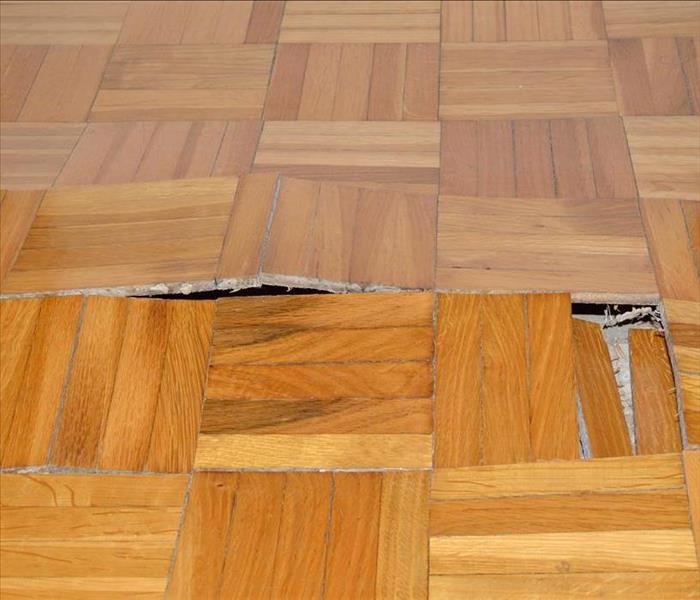Handling Water Damage in Your Home
5/11/2022 (Permalink)
Tips For Detecting Water Damage In Your Home
Often unnoticed for days or weeks at a time, water damage is one of the most common and costly disasters within a home. By the time you notice it, it may be hard to salvage anything. However, you can avoid that situation. Here are some tips for detecting water damage and handling a flooded basement or a busted water pipe.
Look for Signs of Damage
Water damage can often be hard to detect. Sometimes, it's not until you start to see swelling wood or notice that your floor is wet that you realize something is wrong. Fortunately, there are other, more subtle signs of water damage that you can look out for to identify the issue much sooner.
- Peeling or blistering paint
- Loose wallpaper
- Mold and mildew in or on walls
- Rust on metal surfaces
- Corroded electrical wiring
If left unchecked, water damage can progressively weaken the structural integrity of your home and pose fire hazards around electrical outlets.
Check Your Water Supply Line
Floods, rainfall, or broken water pipes can all cause water damage. Start by turning off the water supply and repairing any broken water pipes. Swelling wood may indicate where the breaks are, making a water pipe repair easy to complete.
Fix the Damaged Areas
Depending on how long the water was left standing, wooden structures around your home may be warped or swollen. Drywall and solid wood can be dried and salvaged if the damage is detected quickly. You can use towels or a wet vacuum. Swelling wood, such as particleboard or wood composites in cabinets and the subfloor, may need to be replaced. If necessary, call a water damage repair service in Batavia, IL.
Water damage can be a hassle. Identifying the problem quickly and contacting professional services can help you mitigate the effects and restore your home.





 24/7 Emergency Service
24/7 Emergency Service
